What Is a Good Click Through Rate for Google Ads
- Chase McGowan

- Oct 9
- 13 min read
So, what’s a “good” click-through rate (CTR)? It’s not some magic number you pull out of thin air. It’s a dynamic metric that tells you how well your ad is connecting with a very specific audience.
The simple truth is that context is everything. A 2% CTR that brings in high-quality, ready-to-buy leads is infinitely more valuable than a 10% CTR from tire-kickers who will never convert.
What a Good Click Through Rate Actually Means

Too many businesses get obsessed with hitting an arbitrary CTR benchmark. This is often pushed by bloated, over-priced agencies that need a simple, flashy number to put in their reports to justify their high fees. They treat CTR like a vanity metric—a high score to show off without ever connecting it to what actually grows the business. That whole approach is just broken.
A genuinely good click-through rate is a signal of high relevance and strong user intent.
Think of your CTR as a conversation starter. A high CTR means your message landed. You successfully caught the attention of the right people, the ones who are genuinely looking for what you offer.
A high CTR from the wrong audience is just an expensive way to get irrelevant website traffic. An average CTR from a high-intent, perfectly targeted audience is the secret to profitability.
This is where true expertise shines. Instead of chasing generic industry averages, a dedicated expert consultant digs deeper to understand the nuances of your campaigns and your market.
Beyond Generic Benchmarks
It’s easy to look at industry data and feel like you're either failing or crushing it, but those numbers lack the full story. They're useful for a bit of context, but that's it.
Let's take a look at some of those benchmarks.
Google Ads CTR Benchmarks by Industry
This table gives you a rough idea of what "average" looks like across different sectors for Search ads. But remember, these are just averages—your mileage will vary based on your specific goals, audience, and offers.
Industry | Average Search Ad CTR |
|---|---|
Arts & Entertainment | 10.67% |
Sports & Recreation | 9.11% |
Travel | 7.81% |
Real Estate | 7.57% |
Automotive - Sales | 6.03% |
Dating & Personals | 6.05% |
Hobbies & Leisure | 5.01% |
Legal Services | 4.76% |
Home & Garden | 4.61% |
Health & Medical | 3.82% |
E-Commerce | 3.56% |
B2B Services | 3.22% |
Finance | 3.10% |
Education | 2.97% |
Seeing numbers like 10.67% for Arts & Entertainment can be intimidating if you’re in B2B Services at 3.22%. But these are just starting points. A specialist consultant focuses on your specific context, asking critical questions that oversized, bloated agencies often ignore:
What is the keyword's intent? Clicks from someone searching "buy emergency plumbing service" are way more valuable than clicks from "how to fix a leaky faucet."
What is the campaign's goal? A brand awareness campaign will naturally have different CTR expectations than a hardcore lead generation campaign.
Who is the target audience? A niche, high-value B2B audience might have a lower search volume, but a CTR of 2% could be incredibly profitable.
Ultimately, knowing what a good CTR looks like for you is the first step in learning how to measure advertising effectiveness the right way. It’s not just about getting clicks; it’s about getting the right clicks that turn into customers. To really get it, you need to see CTR as just one piece of the puzzle within your broader Lead Generation Key Performance Indicators.
Why Most Agency CTR Strategies Don't Work
Let's be blunt: not all Google Ads management is created equal. This is precisely where most businesses watch their ad spend vanish into thin air. The biggest problem with the standard agency model is its addiction to a one-size-fits-all playbook.
Too often, large, bloated agencies treat your Click-Through Rate as just another number on a massive, impersonal dashboard.
Your account gets handed down the line to a junior manager who's already juggling a dozen other clients. They pull out a generic checklist and apply the same templated tactics to your campaigns that they use for everyone else. This cookie-cutter approach completely misses the nuance needed to build a genuinely good click through rate that actually drives profit.
The Fast Food vs. Fine Dining Analogy
Think about the difference between a fast-food joint and a master chef. That's the difference between a big, over-priced agency and a true specialist consultant.
A large agency is the fast-food chain. It’s built to produce consistent but mediocre results at a massive scale. The burgers are always identical, the process is locked in, and the real goal is efficiency, not excellence. You get something predictable, but it’s never going to be memorable.
An expert consultant, on the other hand, is the master chef. As a specialist, I meticulously choose every single ingredient that goes into your campaign. This means:
Hand-picking keywords that signal real commercial intent, not just chasing vanity traffic.
Crafting ad copy that speaks directly to the unique pain points and desires of your ideal customer.
Refining audience targeting to make sure your ads only show up for the people most likely to actually buy something.
Analyzing data with a depth that goes miles beyond the surface-level metrics on a dashboard.
This detailed, hands-on approach is designed to create an exceptional result, not just an acceptable one. The entire focus shifts from hitting a generic CTR target to attracting the most valuable clicks you can possibly get.
The big agency model is built for scale, not specialization. It prioritizes process over performance, which leads to wasted ad spend on irrelevant clicks and countless missed opportunities that a dedicated expert would spot and seize immediately.
The Real Cost of a Generic Playbook
When an agency slaps a generic strategy onto your account, your budget feels the pain directly. They might chase a high CTR by bidding on broad, popular keywords that get a ton of clicks but have zero buying intent.
The dashboard looks fantastic—CTR is through the roof! But your sales are flat, and your cost-per-acquisition is skyrocketing.
This happens because they aren't invested in the tiny details of your business. A junior staffer simply doesn’t have the time—or the deep expertise—to truly understand your market, your competitors, and what really motivates your customers. They are managing a process, not driving your growth.
A specialist consultant works differently. My entire focus is on your specific business goals. Every single decision, from an ad copy A/B test to a keyword selection, is a strategic move designed to improve your bottom line. I’m not just aiming for a good click through rate; I’m aiming for a profitable one.
That single distinction is what separates a frustrating cost center from a powerful growth engine.
The Core Elements That Drive Your CTR
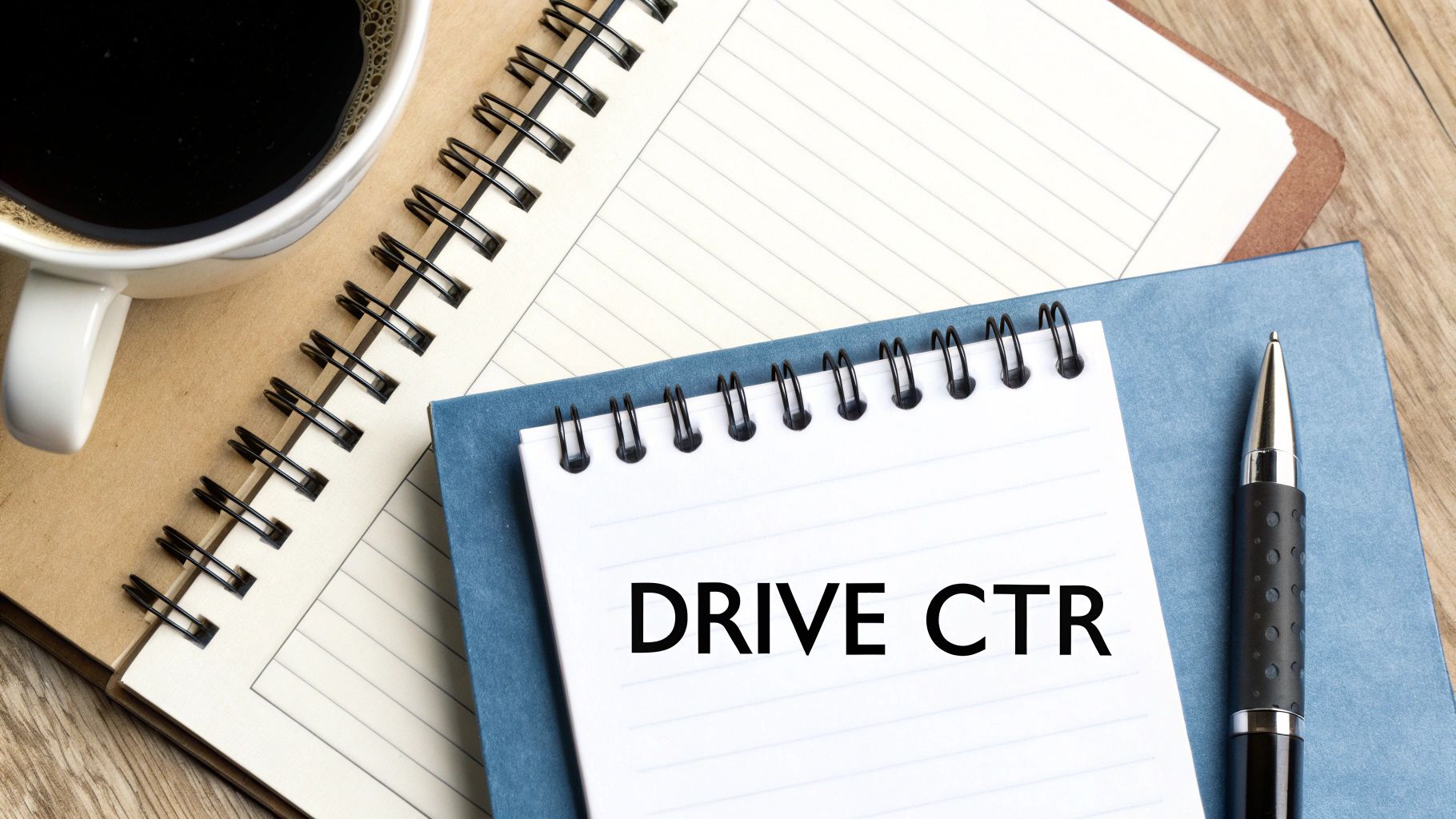
Alright, now that we've pushed past the flawed agency mindset, we can get down to what actually moves the needle. A genuinely good click-through rate isn't an accident. It’s not about finding a magic template. It's about getting a few core, mechanical things right.
These pieces all work together, like gears in a machine, to decide if someone scrolls right past your ad or stops and clicks.
At the very center of this machine is Ad Rank. This is simply Google's formula for deciding where your ad shows up on the page. It’s a powerful little equation: your maximum bid multiplied by your Quality Score. A higher Ad Rank gets you a better spot, and a better spot almost always gets you a higher CTR. It’s that simple.
And that top spot is becoming more valuable by the day. Recent data shows the #1 position on desktop search saw its CTR jump by an average of 1.22 percentage points in a single quarter. In some industries, like Education, that top-spot CTR soared as high as 45.35%. The takeaway is clear: being at the top matters more than ever. You can dig into more of these trends over at Advanced Web Ranking.
The Psychology of Compelling Ad Copy
Getting a top spot gets you seen, but it’s your ad copy that gets you clicked. This is where a specialist’s touch really shines. Bloated agencies often hand off ad copy to junior staff armed with formulas, but truly effective copy isn’t about formulas—it's about psychology.
You have to get inside the searcher’s head. What problem are they trying to solve at this exact moment? What words are they using to describe their pain?
An expert consultant digs into that nuance, writing headlines and descriptions that do three things perfectly:
Mirror the Searcher's Language: The ad feels like a direct, personal answer to their question.
Highlight a Unique Benefit: It clearly states why you’re a better choice than the other three ads on the page.
Include a Strong Call to Action: It tells them exactly what to do next, leaving no room for confusion.
Strategic Keyword Selection
Keywords are the foundation of your entire campaign. Big agencies, often chasing volume metrics, love to target broad, high-traffic keywords that bring in a lot of window shoppers. Sure, it can pump up your impression count and maybe even produce a decent CTR, but it’s a terrible way to find profitable customers.
A specialist consultant takes a more surgical approach. The goal isn't to get the most clicks; it's to get the right clicks.
This means hunting for long-tail keywords that scream commercial intent. Someone searching for "best running shoes" is just browsing. But someone searching for "buy Brooks Ghost 15 size 11" has their wallet out. Focusing your budget on these high-intent keywords is how you attract qualified buyers, not just clicks.
A high CTR is a vanity metric if it comes from keywords that don't convert. An expert focuses on that strategic sweet spot where relevance, search volume, and purchase intent all meet. That’s where the profitable growth is.
Amplifying Clicks with Ad Extensions
Finally, let’s talk about force multipliers: ad extensions. These are the extra snippets of info—site links, phone numbers, locations, special offers—that can appear with your ad. They turn a standard text ad into an unmissable, information-rich powerhouse.
For one, they dramatically increase the physical space your ad takes up on the page, literally pushing competitors further down and grabbing the user’s eye.
More importantly, they give searchers valuable shortcuts and extra details that answer questions before they're even asked, building instant trust. By understanding [what ad extensions are and how they get better clicks than an agency's ads](https://www.cometogether.media/single-post/what-are-ad-extensions-get-better-clicks-than-an-agency), you can completely dominate the search results and steal clicks before your competition even has a chance.
Actionable Strategies to Increase Your CTR
Alright, let's move past the theory. This is where the real work begins.
Forget the generic "write better ads" advice you see in recycled monthly reports from overpriced agencies. A truly good click-through rate doesn't come from luck—it comes from a handful of specific, high-impact techniques that are often overlooked.
This is the hands-on playbook I use as a specialist to turn client accounts around. It’s all about precision, not just volume.
Leverage Powerful Psychological Triggers
Your ad headline is your first—and often only—shot at grabbing someone's attention. Instead of just listing what you sell, you need to tap into the core psychological drivers that actually make people click. This is a level of detail that a junior account manager following a checklist is almost guaranteed to miss.
Two of the most effective triggers are:
Scarcity: Create a sense of urgency with language that implies limited availability. Think "Limited Time Offer," "Only 3 Spots Left," or "Sale Ends Friday." This is what gets people to act now instead of later.
Social Proof: Signal that you’re a safe, trusted choice. Headlines like "Join 10,000+ Happy Customers" or "Rated 5-Stars by Experts" lower the barrier to entry and make clicking your ad feel like a smart decision.
Getting this right is an art form. For a much deeper dive, our guide on how to write ad copy that actually converts breaks down the entire framework.
Master the Art of Negative Keywords
One of the fastest ways to improve your CTR is to stop showing your ads to the wrong people. Simple as that. This is where negative keywords become your most valuable tool for protecting your budget.
Think of it like being a bouncer for your campaign. You're actively turning away unqualified traffic that was never going to convert anyway. By eliminating those irrelevant impressions, the ratio of clicks to impressions immediately improves, giving your CTR a direct boost. Weaving in advanced SEO copywriting tips also helps sharpen your messaging across both paid and organic channels.
Use Dynamic Keyword Insertion Strategically
Dynamic Keyword Insertion (DKI) is a Google Ads feature that automatically inserts the user's search query directly into your ad text. When used correctly, it creates a hyper-relevant ad that perfectly mirrors what the user typed, which can give your CTR a serious lift.
The key is to use DKI surgically. If you overuse it, you end up with clunky, grammatically incorrect headlines. An expert consultant knows exactly when to deploy it within tightly themed ad groups to make sure the final ad reads naturally.
The chart below shows the kind of CTR lift I typically see when putting these three strategies into action for clients.
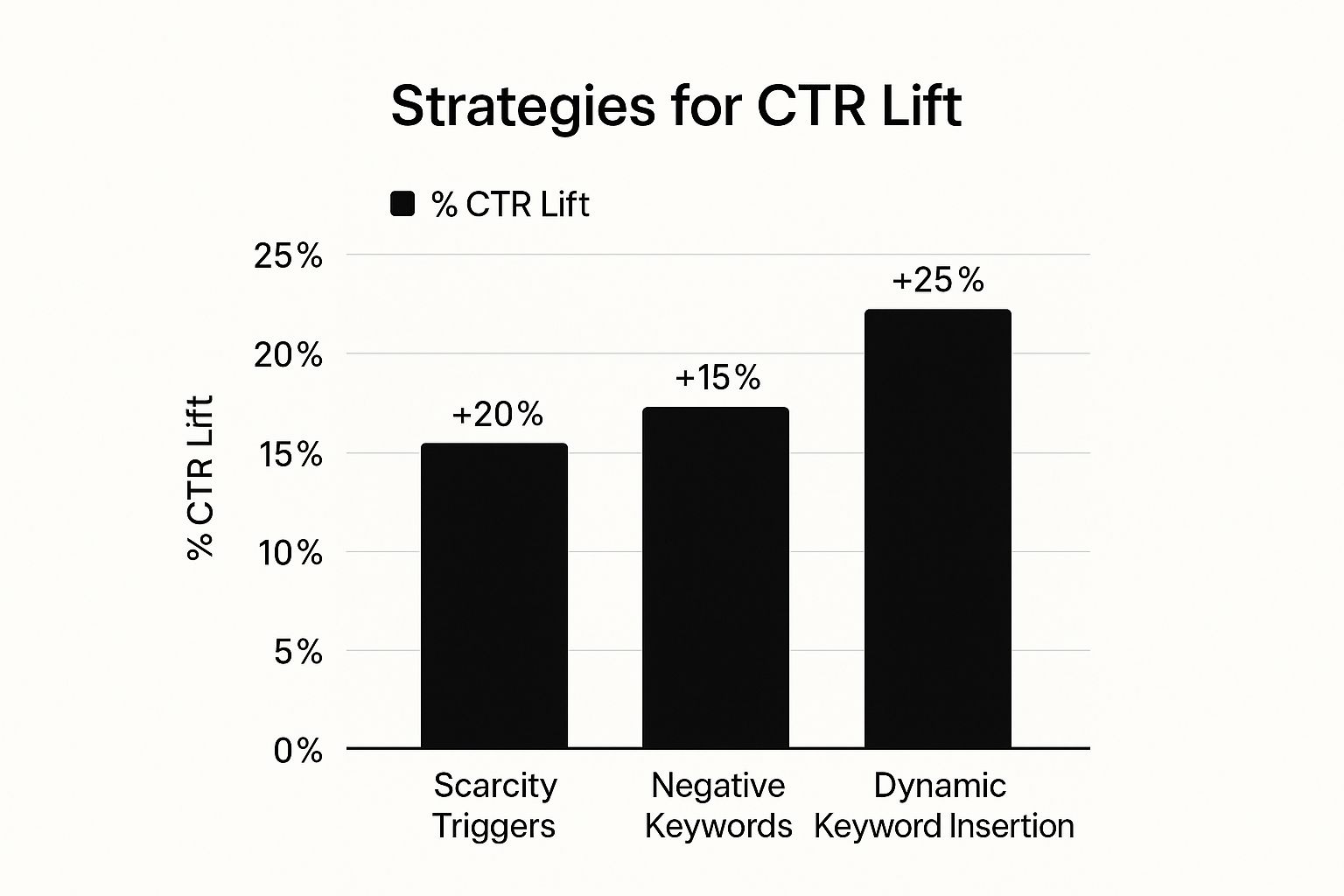
As you can see, each of these tactics delivers a real, measurable improvement. Dynamic Keyword Insertion often provides the biggest jump simply because it creates that ultimate sense of ad relevance for the searcher.
How a Specialist Outperforms an Agency on CTR
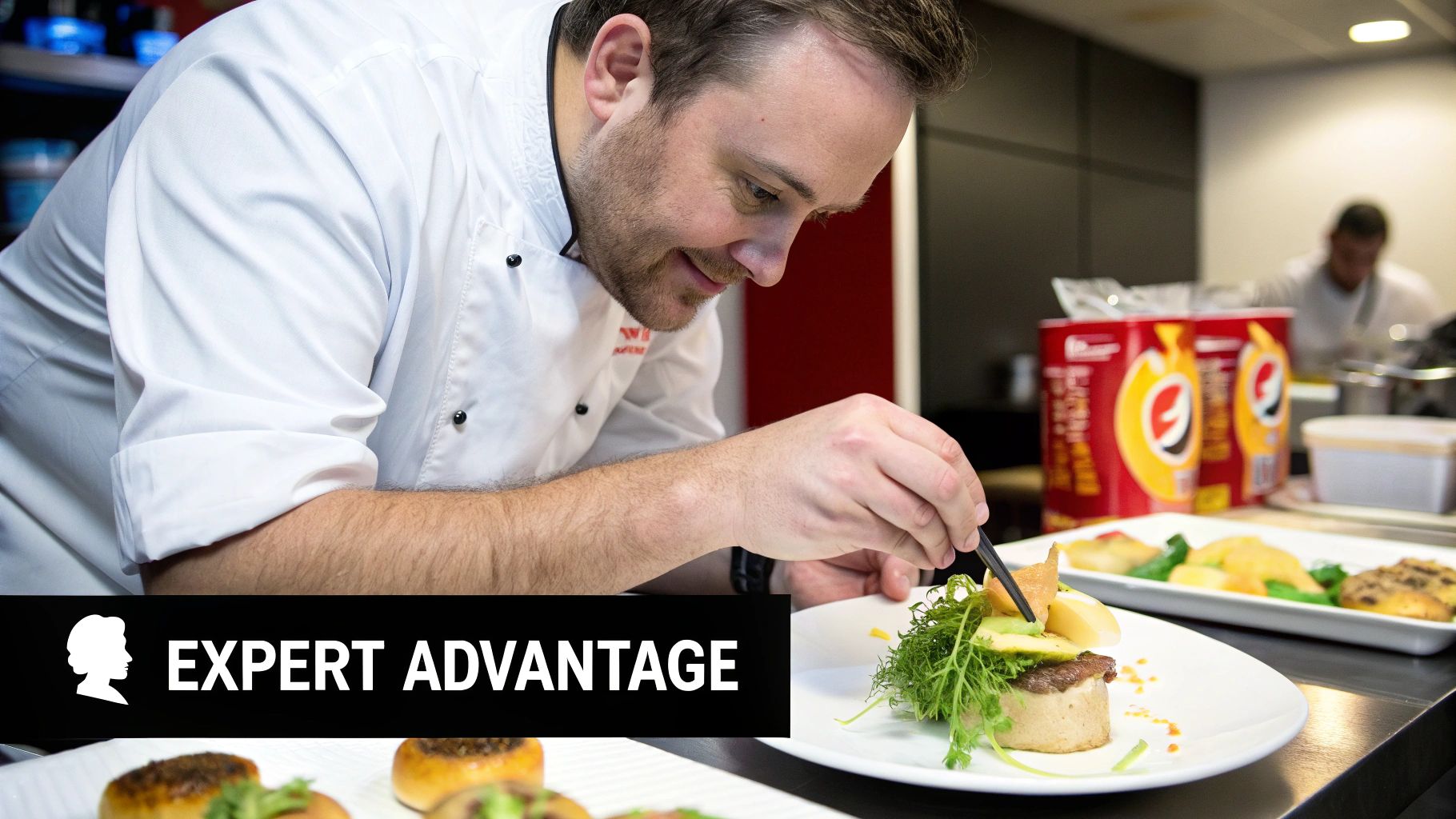
This is where we draw a clear line in the sand. Nailing a genuinely good click-through rate isn't about having a bigger team or a fancier office. It’s about having focused expertise and the agility to act on data instantly.
This is the core advantage an individual specialist consultant has over a large, cumbersome agency.
At a typical over-priced agency, your account is just one of many. It’s managed through layers of bureaucracy—a senior strategist passes notes to a junior account manager, who then implements changes based on a standardized playbook. Communication slows to a crawl, crucial insights get lost in translation, and your business’s unique needs get flattened to fit their rigid process.
That model is built for the agency's efficiency, not your profitability.
The Power of Direct Expert Contact
Working with a specialist consultant rips out those layers completely. You have a single, expert point of contact—me.
This direct line means we can test, pivot, and optimize with incredible speed. There are no communication gaps, no waiting for internal meetings, and absolutely no junior staff learning on your dime.
When I see an ad group underperforming or a new keyword opportunity pop up, I can act on it right away. This hands-on, nimble approach allows for a level of rapid, data-driven optimization that a bloated agency structure just can't keep up with.
In an agency, accountability is spread thin across a team. With a specialist consultant, the buck stops here. I am personally invested in every click and every dollar of your ad spend, focusing on profitable results—not just vanity metrics for a report.
This direct accountability lets me build a deep, nuanced understanding of your business. I learn your market, your customers, and your goals in a way an account manager juggling a dozen other clients never could.
Expert Consultant vs. Bloated Agency: A CTR-Focused Comparison
The difference in outcomes is a direct result of a fundamentally different process. When the goal is to drive up your CTR with high-quality traffic, the two models couldn't be more distinct.
Factor | Expert Consultant Approach | Typical Agency Approach |
|---|---|---|
Strategy | A custom strategy is built from the ground up after a deep dive into your specific business and market. | A template-driven strategy is applied across multiple clients with only minor tweaks. |
Execution Speed | Changes and tests are implemented in real-time as the data comes in. Speed is a competitive advantage. | Execution is delayed by internal processes, meetings, and bureaucratic handoffs. |
Accountability | A single point of expert contact is fully responsible for performance and results. No excuses. | Accountability is spread across a team, which often leads to a frustrating lack of clear ownership. |
Focus | Strategic focus is on attracting profitable clicks that drive revenue and real ROI. | Often focused on hitting surface-level KPIs like impressions or a high CTR, regardless of traffic quality. |
Ultimately, a specialist consultant delivers a better click-through rate because the entire model is built around expertise, speed, and a strategic obsession with what actually moves the needle: your bottom line.
It’s about using deep knowledge to get the right clicks from the right people, every single time.
Your Top Click-Through Rate Questions, Answered
Alright, let's get into the questions that are probably buzzing around your head by now. After all this talk about strategies and benchmarks, a few things might still feel a bit fuzzy. This is where we cut through the noise and get straight to the point.
My goal here isn’t to give you some vague, textbook answer. I want to give you the practical, in-the-trenches knowledge I use every day as an individual consultant—the kind of stuff you won’t find in a glossy, overpriced agency report.
Is a Higher CTR Always Better?
Not even close. This is one of the most common—and most expensive—myths in the world of Google Ads.
A high CTR is only a good thing if it comes from the right people. It’s easy for a bloated agency to chase impressive-looking CTRs by bidding on broad, popular keywords. Sure, the numbers look great on paper, but it’s just a flood of expensive, unqualified traffic that will never, ever convert.
A real specialist prioritizes profit over vanity metrics. I would take a 2% CTR from a small, hyper-targeted group of people ready to buy over a 10% CTR from a massive crowd of window shoppers any day of the week. A good click-through rate is one that brings you customers, not just clicks.
How Long Does It Take to Improve CTR?
With a focused, expert approach, you can start seeing a real lift in your CTR within the first few weeks. This is a huge advantage over working with a big, slow-moving agency, where your change requests often get lost in a long queue. A specialist consultant can act immediately.
Here’s how it usually breaks down:
Week 1: I start with a deep-dive audit to pinpoint the biggest opportunities—think ads with weak copy or campaigns just bleeding money on irrelevant searches.
Week 2: We roll out the high-impact changes. This means rewriting ad copy with proven psychological triggers and building out a rock-solid negative keyword list to stop the waste.
Weeks 3-4: Now we start analyzing the early data and kick off a cycle of rapid, iterative testing to double down on what’s working and cut what isn't.
This agile process is what separates one-on-one consulting from getting stuck in an agency's slow, cumbersome workflow.
You shouldn't have to wait an entire quarter to see if things are working. A dedicated specialist consultant can make meaningful changes in days, not months, getting you better results and a faster return on your investment.
Can I Have a Good CTR but a Bad Conversion Rate?
Absolutely. And when I see this, it’s a massive red flag that there's a serious disconnect between your ad and your landing page. This almost always happens when an ad makes a big promise that the landing page completely fails to deliver on, creating a confusing and frustrating experience for the user.
An agency might just point to the high CTR and call it a win. But as a specialist, my job is to look at the entire journey. If I see a great CTR but terrible conversions, the first thing I do is tear apart the landing page. Is the message consistent? Is the design confusing? Is the call-to-action buried?
A good click-through rate is just the first step. Turning that click into a paying customer is the only thing that actually matters.
Ready to stop guessing and start getting profitable results from Google Ads? At Come Together Media LLC, I provide the one-on-one expert guidance that bloated agencies can't match. Book your free, no-obligation consultation today and let's build a strategy that delivers the right clicks.




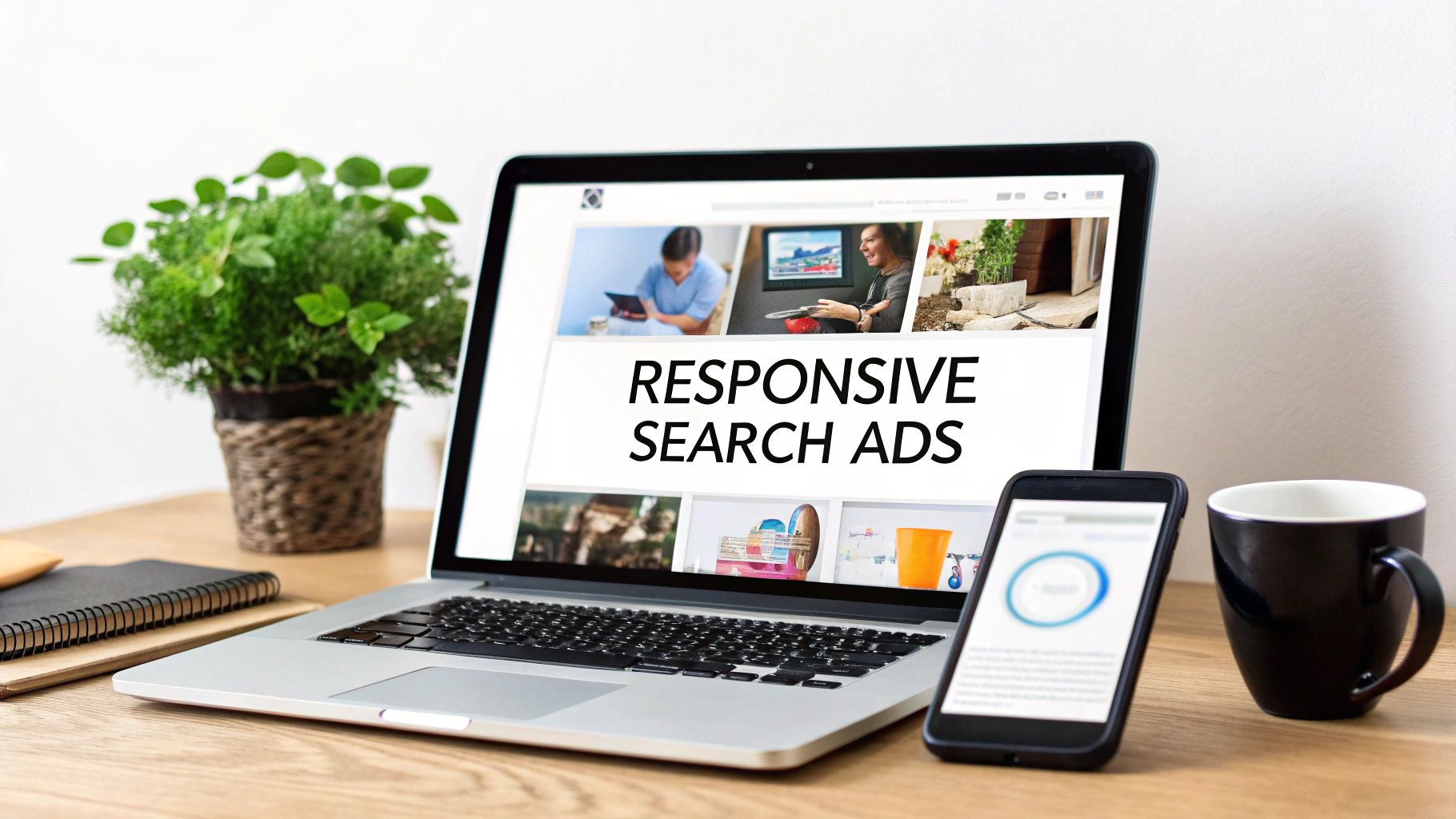
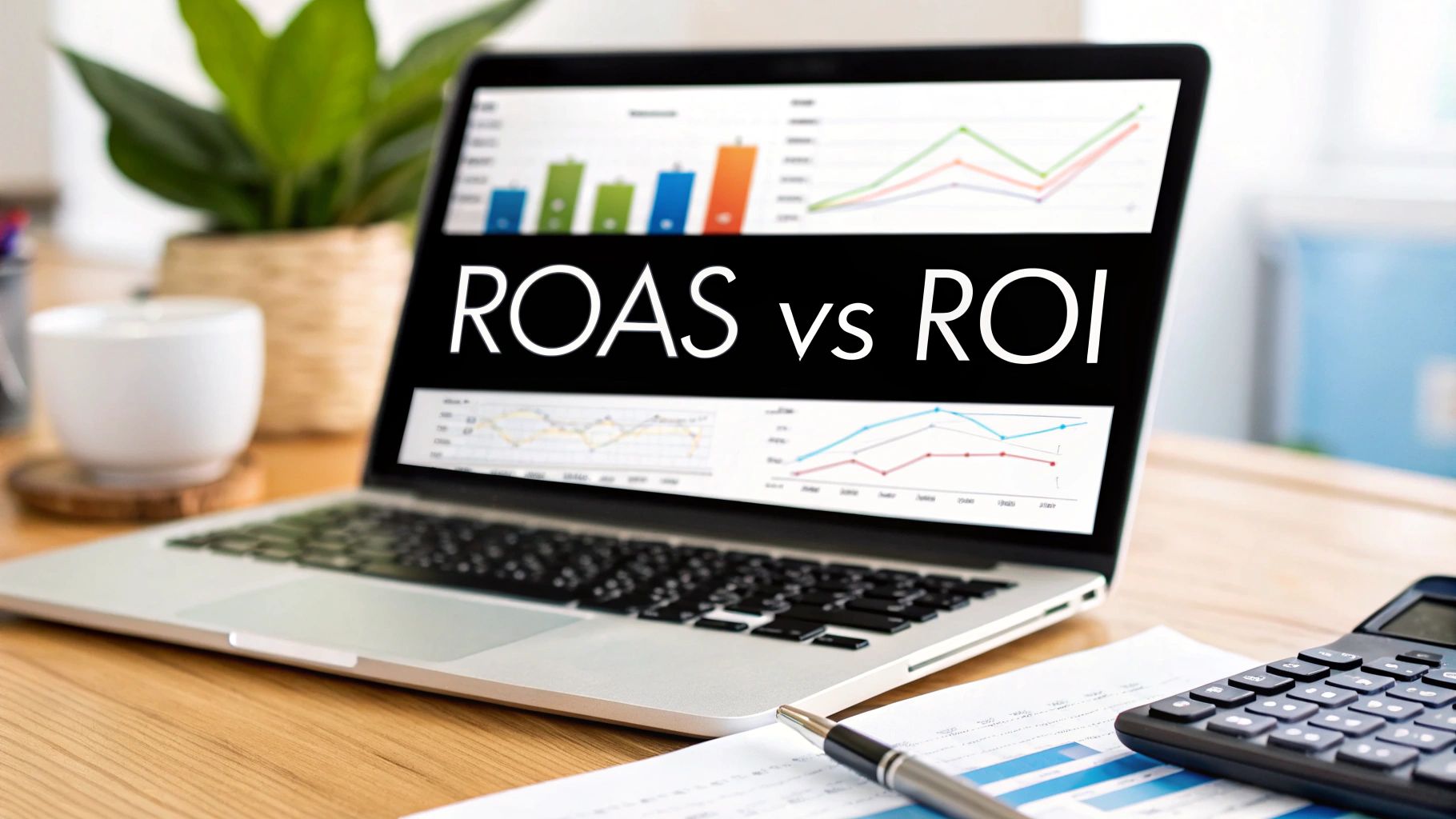
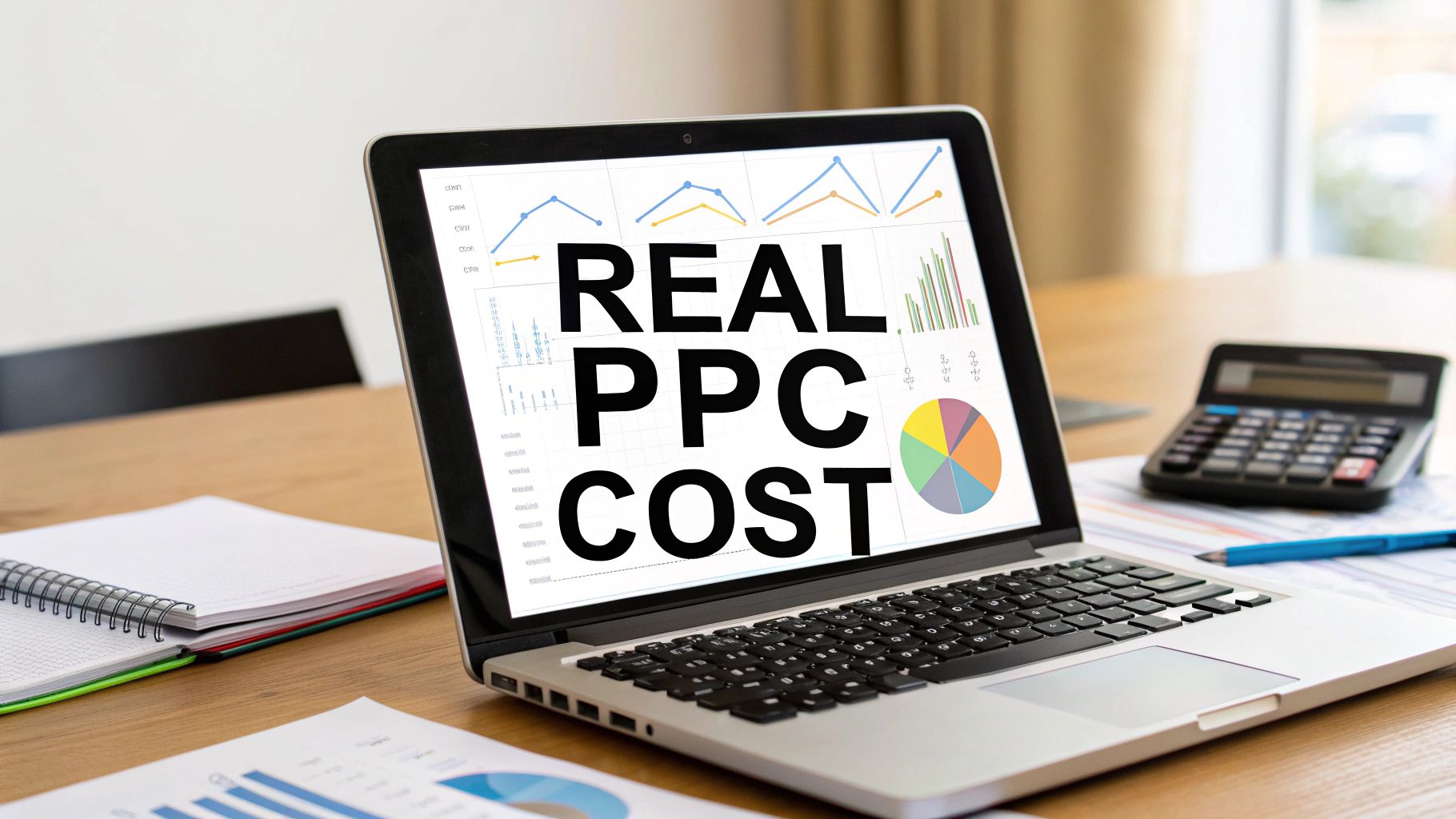
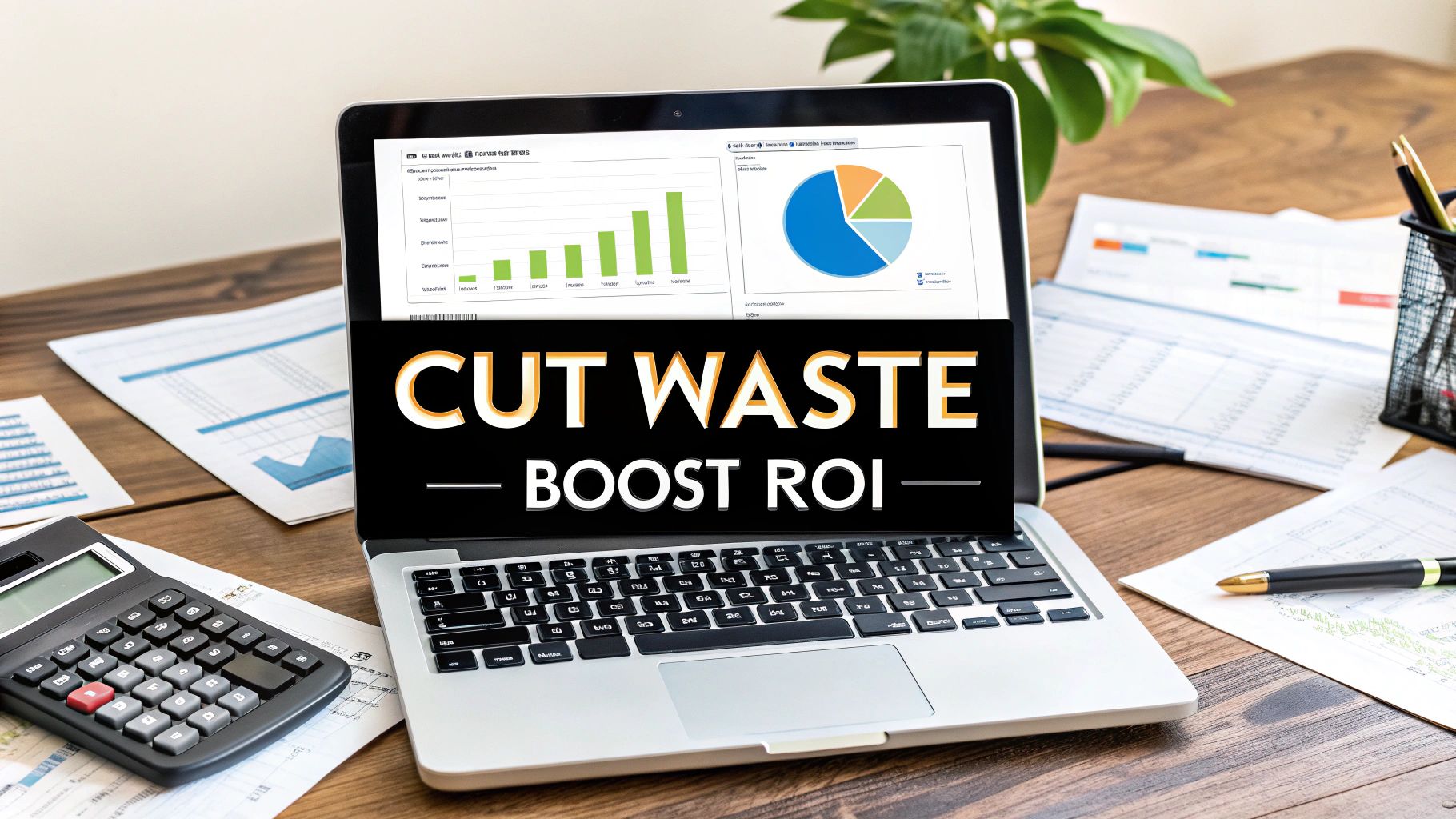
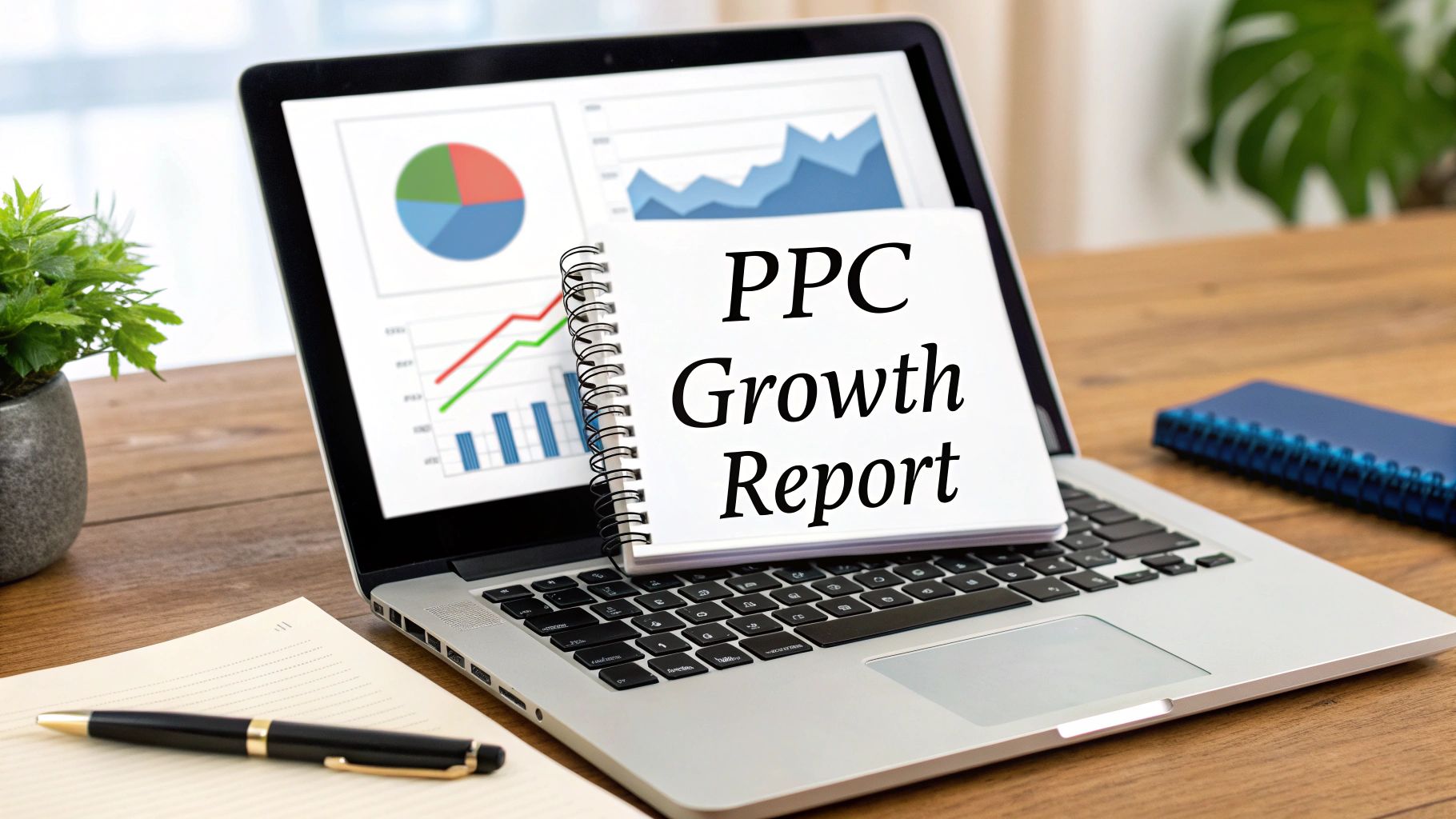
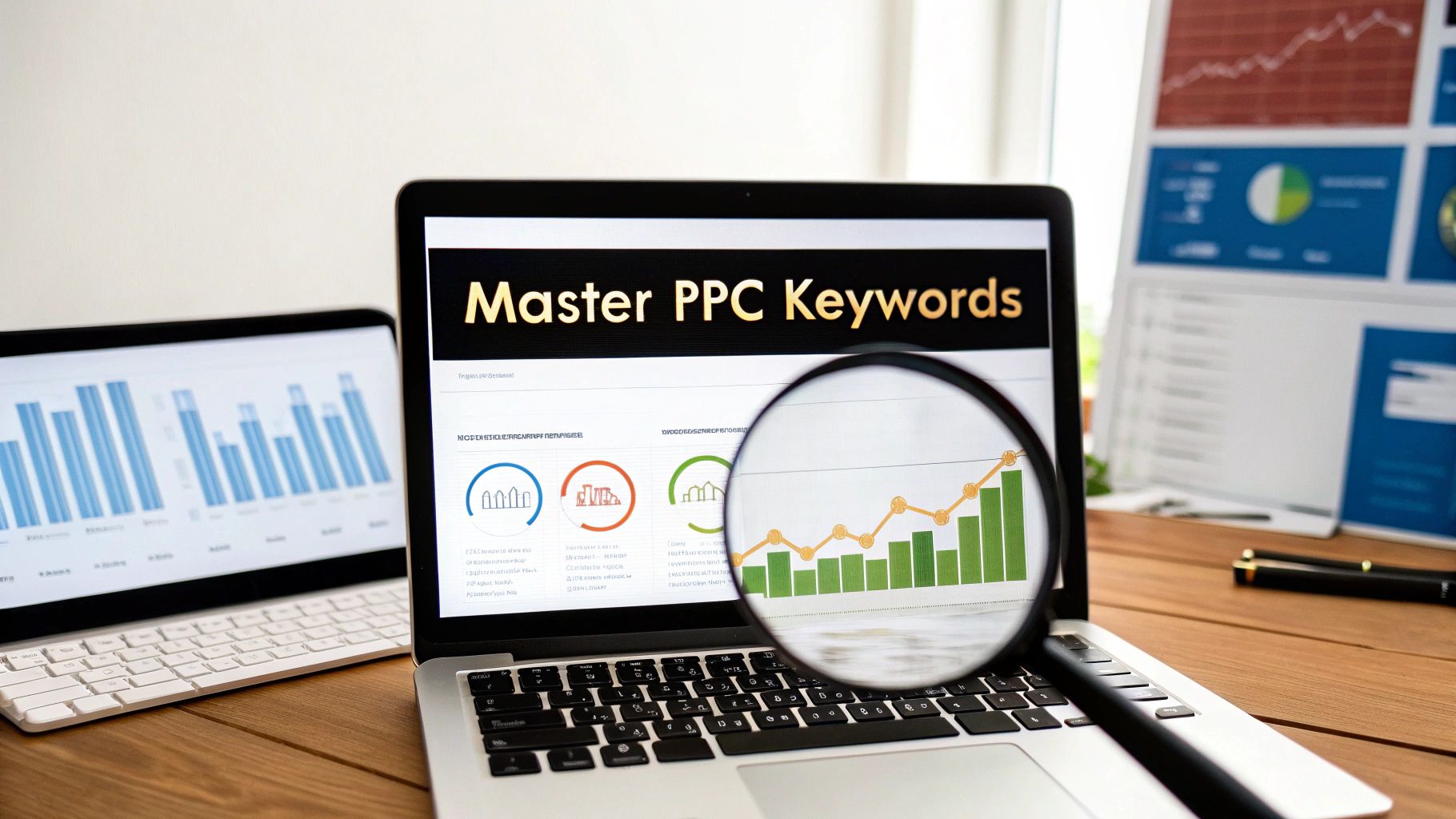
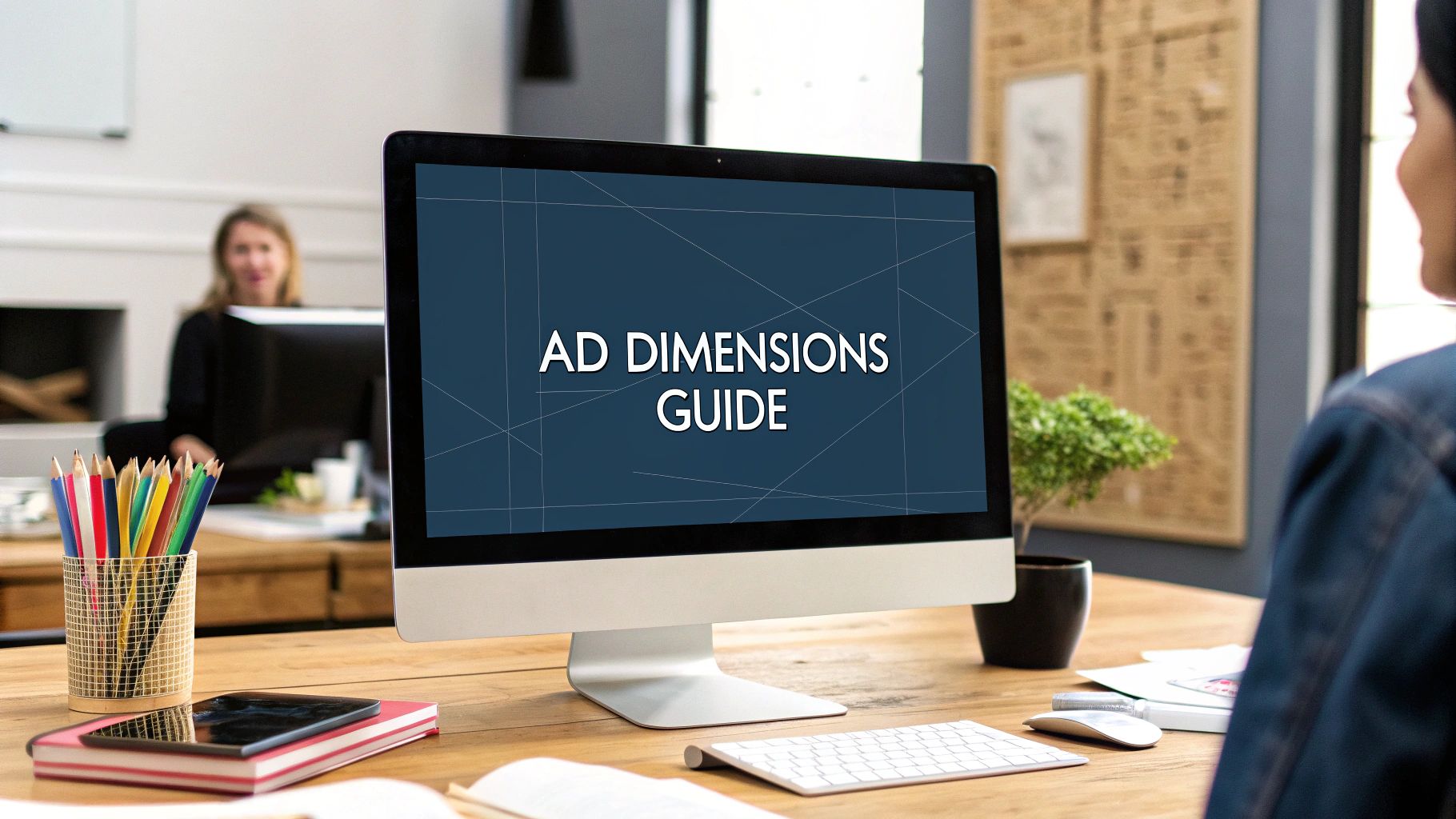
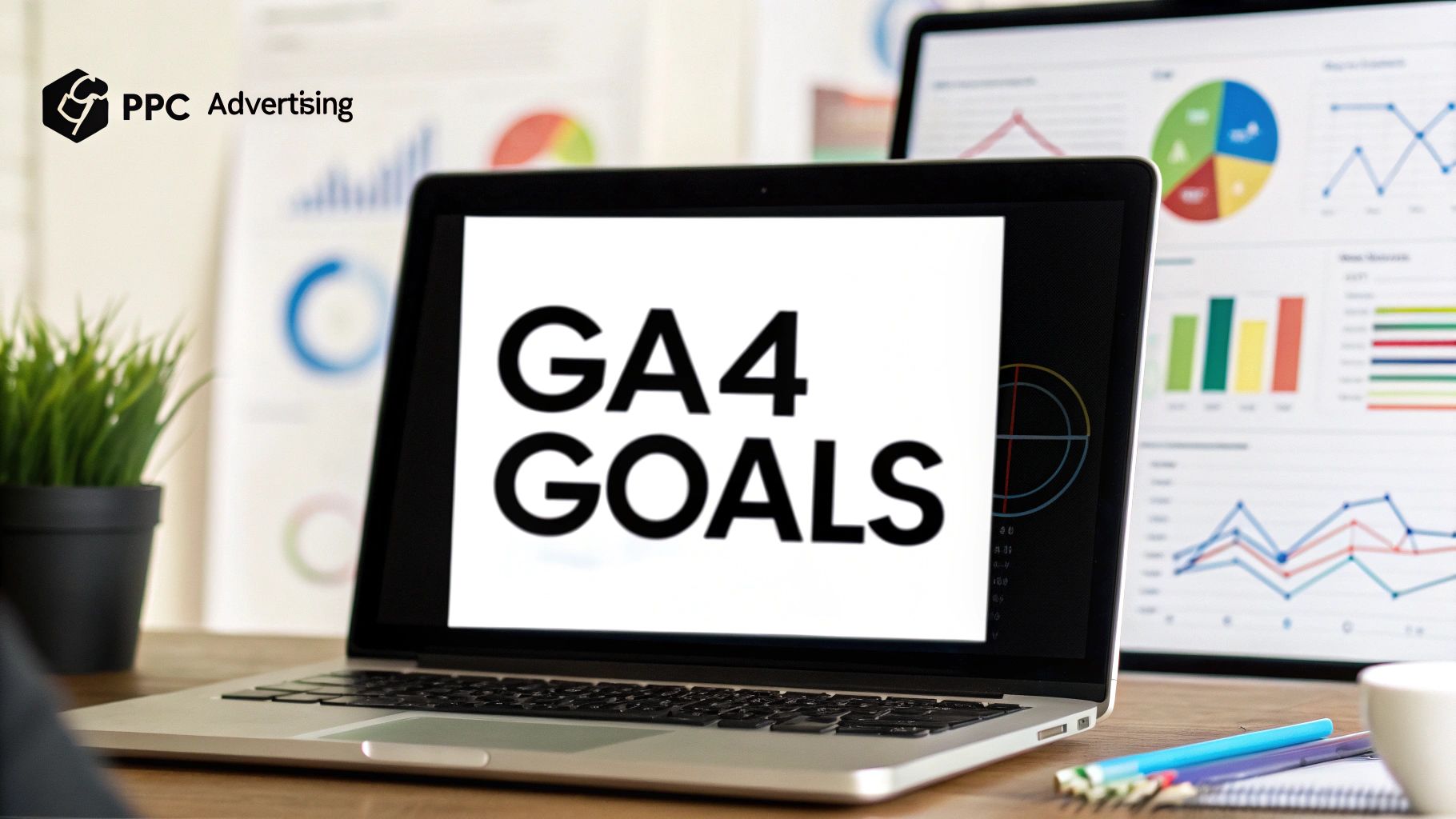
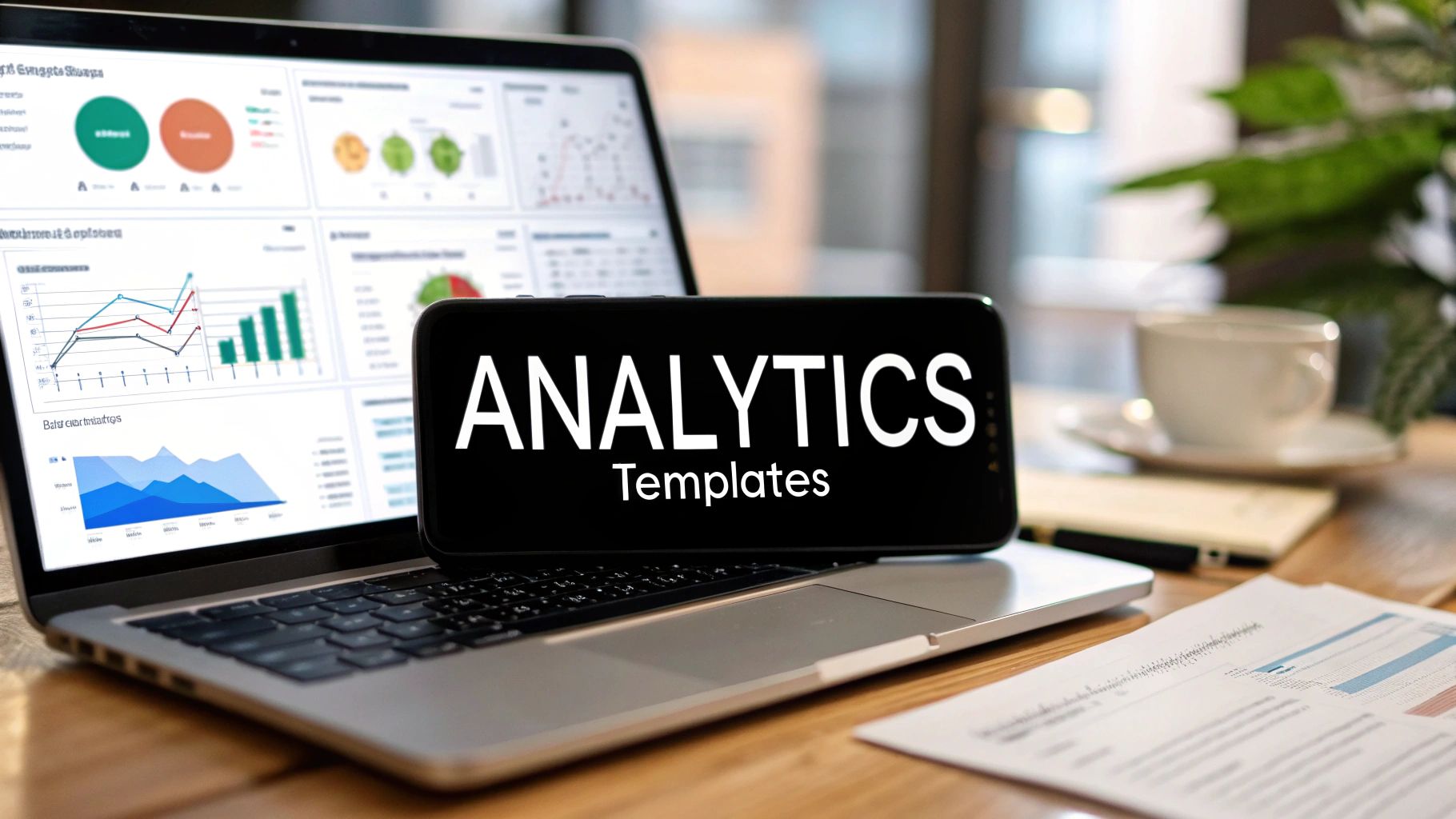
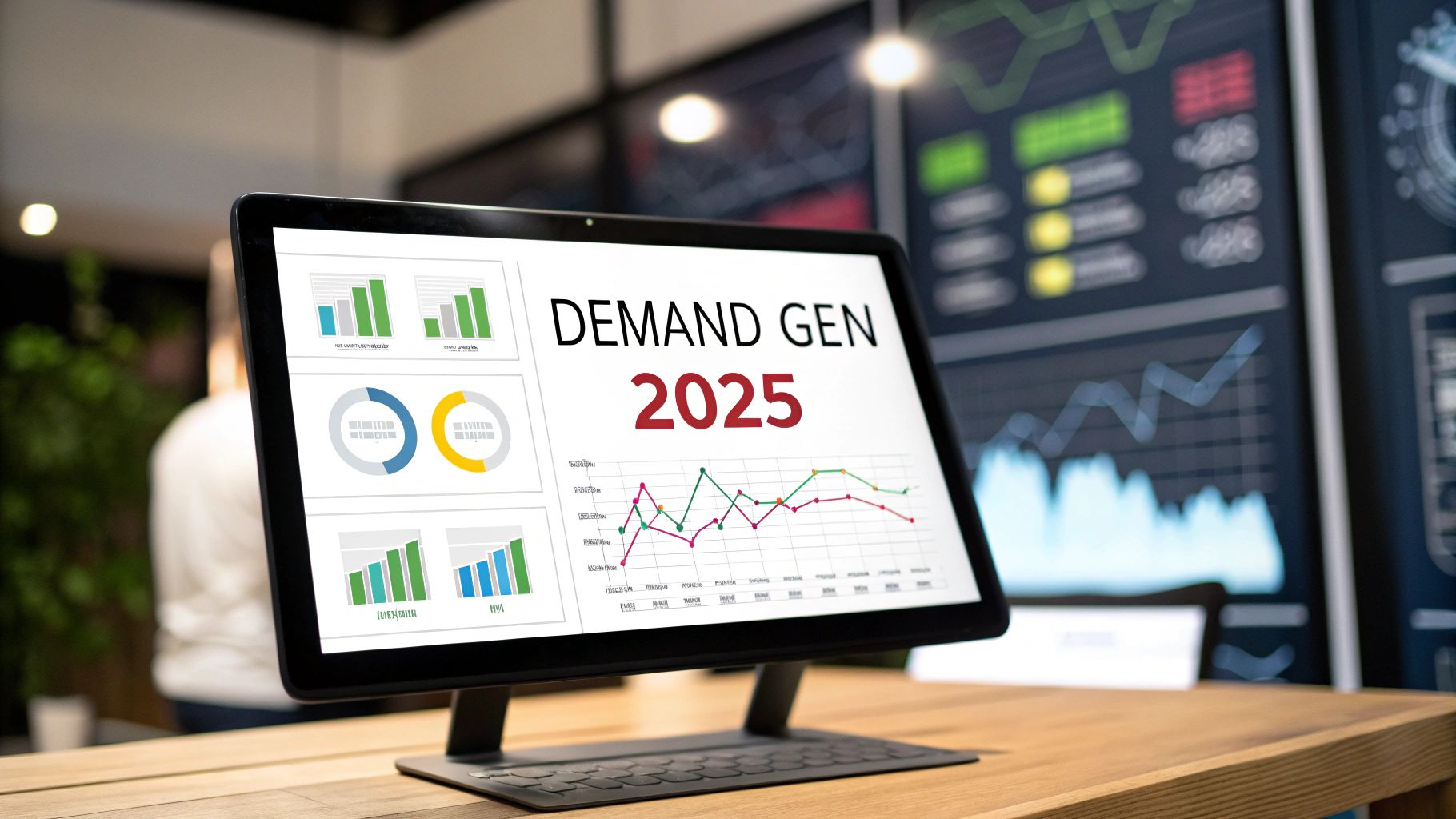
Comments